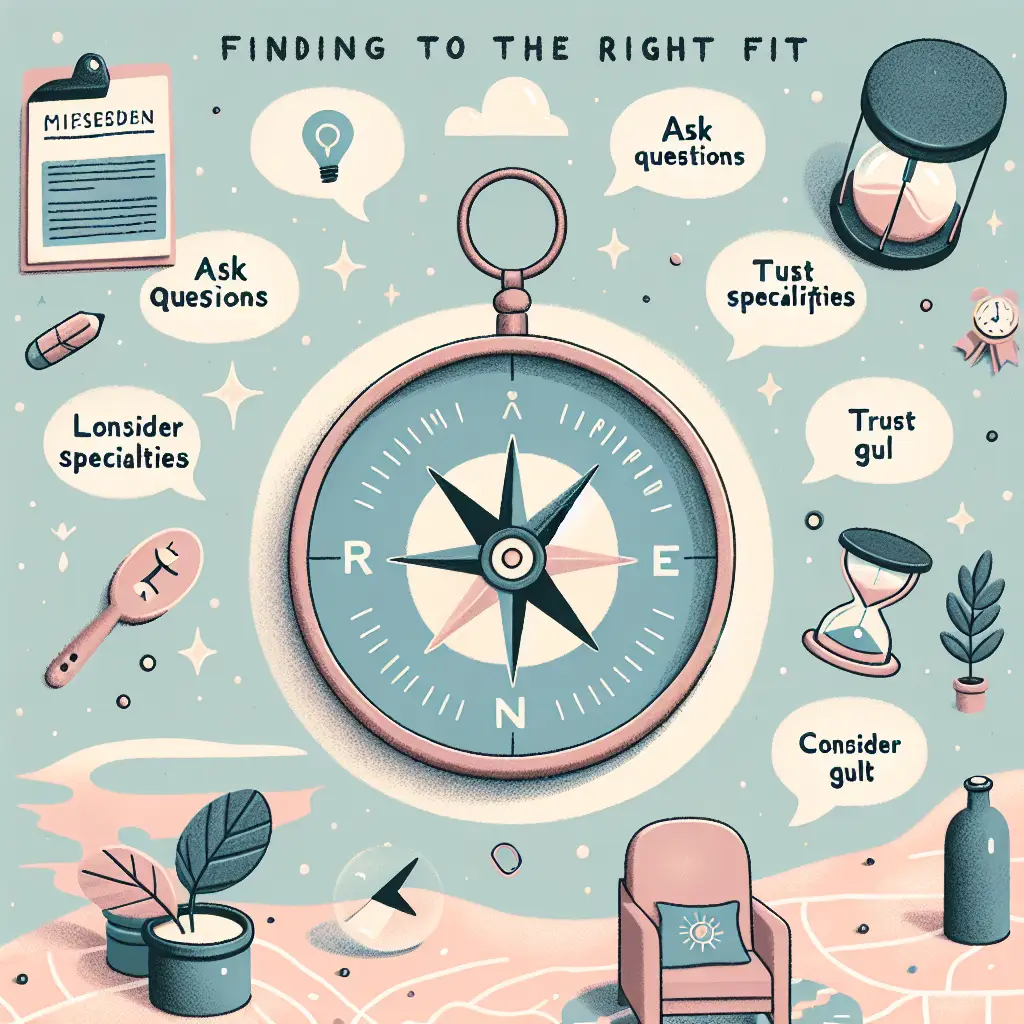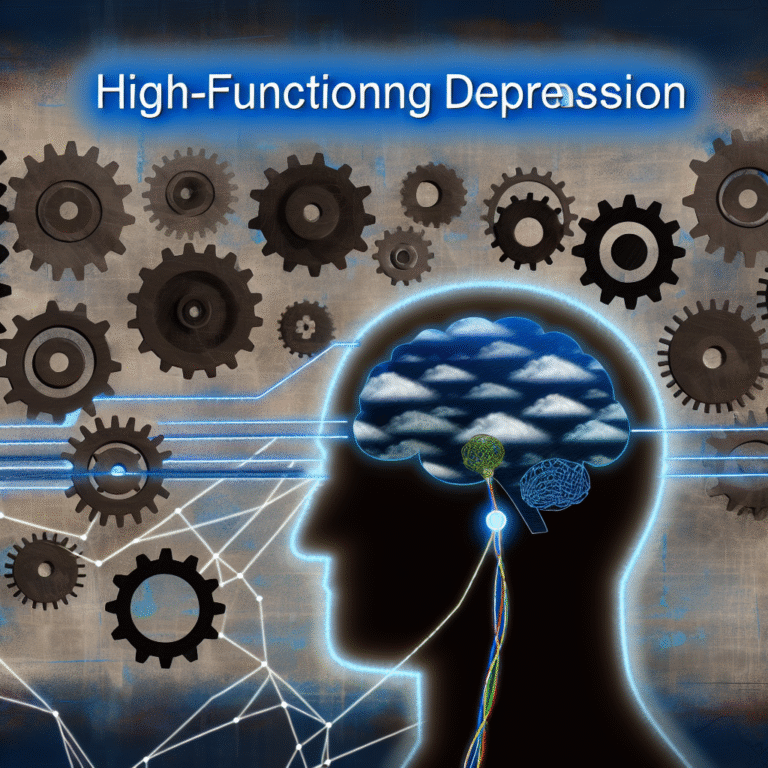
Finding the Right Fit: Essential Tips for Locating a Trauma-Informed Therapist
Introduction
In a world where emotional well-being is gaining increasing recognition, the importance of finding the right therapist cannot be overstated—particularly when it comes to trauma-informed care. Trauma can leave invisible scars, and the journey to healing is often intricate and deeply personal. Therefore, discovering a therapist who not only understands trauma but also embodies a trauma-informed approach can be a game changer in your healing journey. In this article, we will delve into Finding the Right Fit: Tips for Locating a Trauma-Informed Therapist that caters to your unique needs and circumstances.
Understanding Trauma-Informed Care
Before diving into the practical steps of finding a therapist, it’s essential to understand what trauma-informed care entails. According to the Substance Abuse and Mental Health Services Administration (SAMHSA), trauma-informed care recognizes the prevalence of trauma and emphasizes creating an environment that is sensitive to the needs of individuals affected by it.
Core Principles of Trauma-Informed Care
- Safety: Ensuring physical and emotional safety for clients.
- Trustworthiness: Building trust with clients by being honest and transparent.
- Choice: Empowering clients in their therapy journey.
- Collaboration: Working together with clients to achieve therapy goals.
- Empowerment: Fostering resilience and strength in clients.
Why Finding the Right Fit Matters
Finding the right therapist is akin to finding a trusted ally on your healing journey. A great therapist provides a safe space, encourages vulnerability, and tailors their approach to meet your specific needs. When it comes to trauma, a poor fit can hinder progress, whereas the right therapist can significantly enhance your healing process.
Case Study: The Impact of Fit
Consider Sarah, a young woman who had experienced severe childhood trauma. Initially, she sought help from a therapist whose approach was more cognitive-behavioral, focusing on behavioral changes without addressing her past experiences. Sarah felt misunderstood and became stuck in her healing. However, when Sarah switched to a therapist who specialized in trauma-informed care, she began to see meaningful progress. This transformation highlights the critical importance of Finding the Right Fit: Tips for Locating a Trauma-Informed Therapist.
Tips for Locating a Trauma-Informed Therapist
Finding the right fit involves a combination of research, self-reflection, and sometimes, trial and error. Here are some actionable tips to help you on this path.
1. Define Your Needs
Begin by reflecting on your own experiences and what you hope to achieve through therapy. Ask yourself:
- What specific issues relating to trauma do you want to address?
- Do you prefer a particular therapy style (e.g., talk therapy, EMDR, somatic therapy)?
- Is there an element of cultural competency or shared identity that is important for you?
2. Research Qualifications and Specializations
Look for therapists who have specific training in trauma-informed care. Credentials to consider include:
- Certifications in trauma therapy modalities (e.g., EMDR, DBT)
- Professional associations in mental health
- Experience working with similar trauma backgrounds
Table: Quick Reference of Therapy Types
| Therapy Type | Key Focus | Suitability |
|---|---|---|
| EMDR | Eye Movement Desensitization and Reprocessing | PTSD, anxiety |
| DBT | Dialectical Behavior Therapy | Emotion regulation, trauma |
| Somatic Therapy | Body awareness and movement | Trauma, anxiety |
3. Use Directories and Referrals
Online directories, such as Psychology Today or TherapyDen, can be excellent resources for finding trauma-informed therapists in your area. Alternatively, you can ask for referrals from trusted healthcare providers or friends who may have experience in this arena.
4. Schedule Preliminary Consultations
Many therapists offer a free initial consultation. Take advantage of this to assess the therapist’s style, approach, and whether you feel comfortable. Prepare questions such as:
- What is your approach to trauma-informed care?
- How do you collaborate with clients in therapy?
- Can you provide examples of trauma treatments that have worked well with your clients?
Case Study: Consultation Impact
James was struggling with the aftermath of a traumatic event. He initially met with two therapists: one who employed a rigid approach and another who took time to establish rapport and encouraged open dialogue around his trauma. The second therapist’s style resonated with James, illustrating the benefits of the consultation phase in Finding the Right Fit: Tips for Locating a Trauma-Informed Therapist.
5. Assess Fit and Comfort Level
Therapy is an intimate process that requires trust and openness. Pay attention to your feelings during the sessions. If you feel unsafe, judged, or unheard, it may be time to reassess your choice. Listen to your intuition and don’t be afraid to try a different therapist if needed.
6. Seek Feedback from Others
If you’re uncertain or hesitant, consult with trusted friends or family members. They can offer insights or share their experiences with therapists. However, remember that everyone’s journey is unique, and what worked for someone else may not work for you.
7. Be Patient with the Process
Finding the right therapist can take time. Don’t rush into decisions simply because you feel pressure to start therapy. Allow yourself the grace to explore your options and trust that the right fit is out there.
Conclusion: Empowering Your Journey
The journey of healing from trauma is deeply personal and often complex, but it is critical to remember that you do not have to go through it alone. By focusing on Finding the Right Fit: Tips for Locating a Trauma-Informed Therapist, you can empower yourself and improve your chances of successful healing. Each step you take toward identifying the right therapist brings you one step closer to reclaiming your well-being and embracing a future free from the shadows of trauma.
FAQs Section
1. How do I know if a therapist is trauma-informed?
Look for therapists trained in trauma-specific modalities and those who emphasize safety, trust, and collaboration in their practice.
2. What if I don’t feel comfortable with my therapist?
It’s essential to listen to your instincts. If you don’t feel a good connection, it’s perfectly okay to seek out another therapist.
3. How long does it typically take to find the right therapist?
The timeline varies. Some individuals find a good fit quickly, while others may take longer. Be patient and give yourself grace in the process.
4. Can I change therapists during treatment?
Yes! It’s your journey, and you have the right to seek out the best fit for your healing, even after starting treatment.
5. Do trauma-informed therapists use specific techniques?
Yes, techniques can include EMDR, somatic experiencing, narrative therapy, and various other modalities that focus on understanding the trauma’s impact and fostering resilience.
In your pursuit of finding the right therapist, remember that your feelings, experiences, and insights are valid. Armed with the right tools and knowledge, you can navigate the journey to healing effectively. Always trust yourself in this personal exploration, and know that healing and resilience are possible.

















